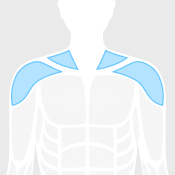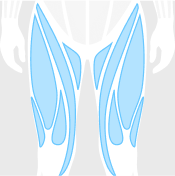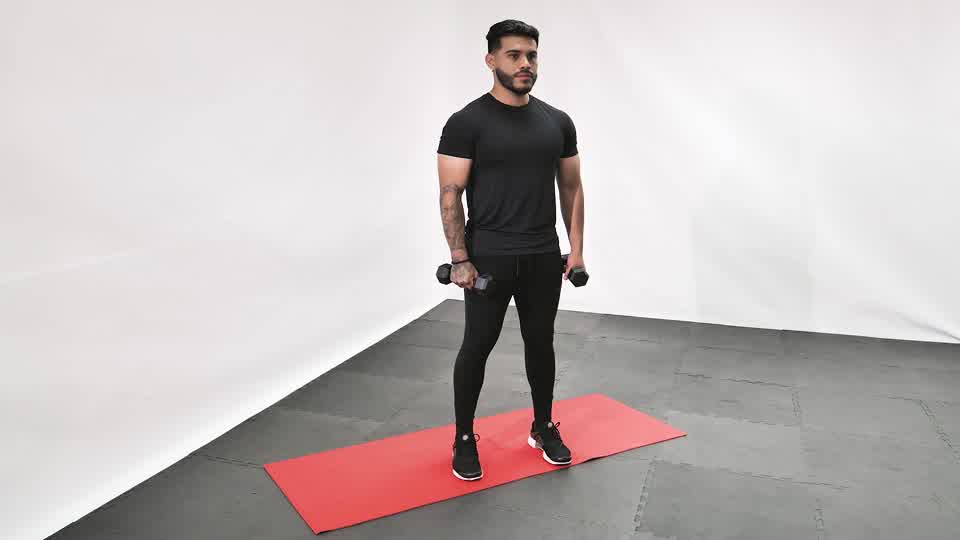MAIN
Dumbbell Bent-Over Raise
Beginner - Strength - Isolation
Targeted Muscle Group

Shoulders

Upper Legs
Recommended Equipment

Dumbbell
How to do it
The dumbbell bent-over raise, also known as the rear delt fly or reverse fly, is an excellent exercise for targeting the rear deltoid muscles and upper back. Using a bench for stability can help you focus on the muscle contraction and reduce the risk of injury. Here’s a detailed guide to performing the dumbbell bent-over raise:
Set Up:
Adjust the incline bench to a suitable angle, typically between 30 to 45 degrees. Stand in front of the bench holding a pair of dumbbells, with your feet shoulder-width apart. Bend slightly at your knees and tighten your abs.
Starting Position:
Bend over slowly until your forehead rests on the top of the bench for support. Let your arms hang down at your sides, with your palms facing each other and your elbows slightly bent.
Executing the Raise:
Keeping a slight bend in your elbows, slowly raise your arms out to the sides until they are parallel to the floor.
Focus on squeezing your rear deltoids (the muscles on the back of your shoulders) as you lift the weights.
Maintain control of the dumbbells throughout the movement and avoid swinging them.
End Position:
Once your arms are parallel to the floor, pause and hold for a count, squeezing your muscles to maximize the contraction.
Return to Starting Position:
Slowly lower the dumbbells back to the starting position, maintaining control and keeping a slight bend in your elbows.













